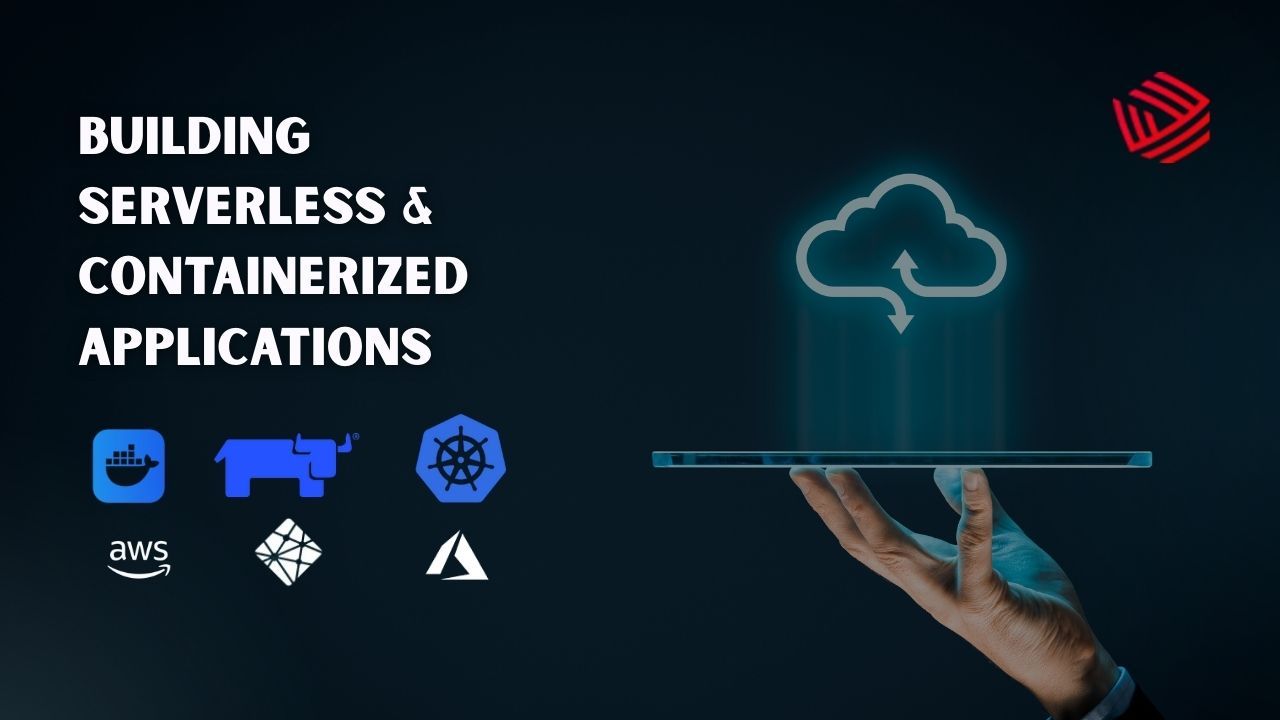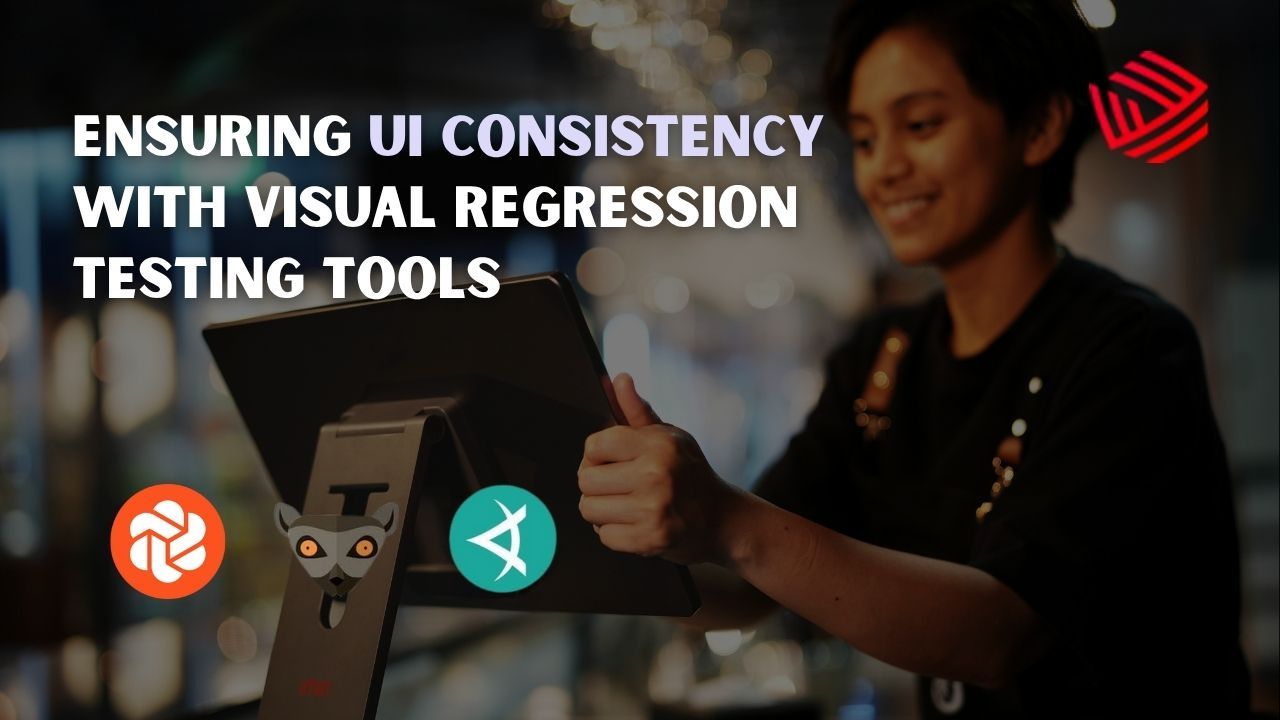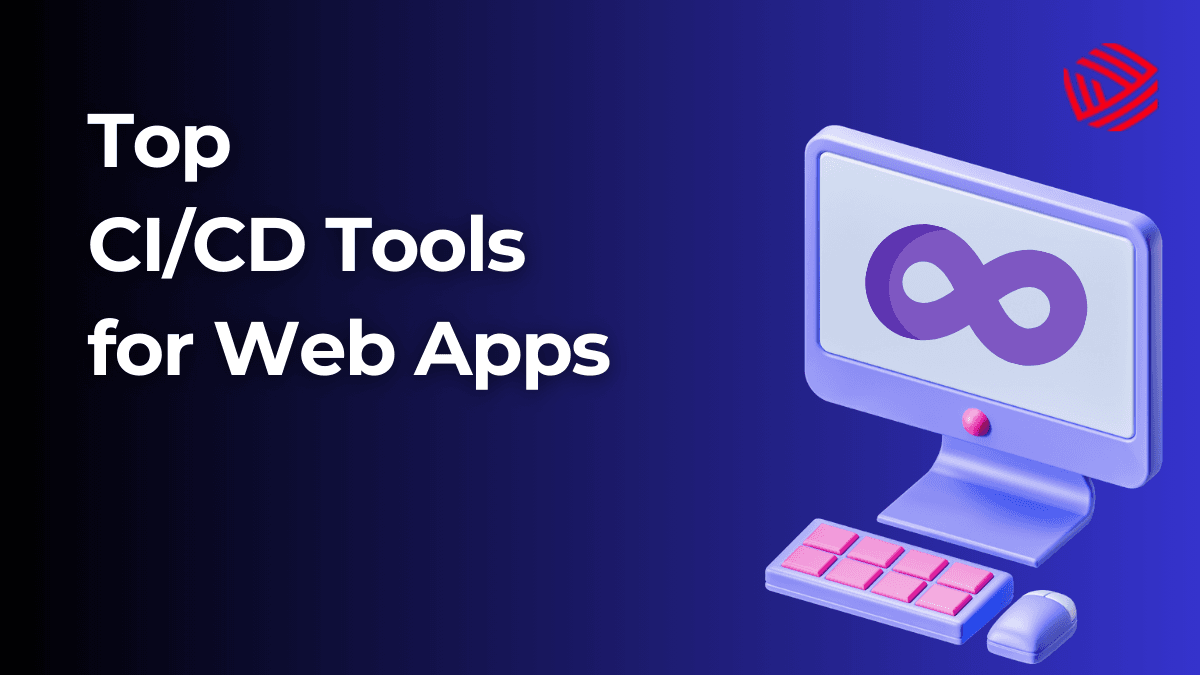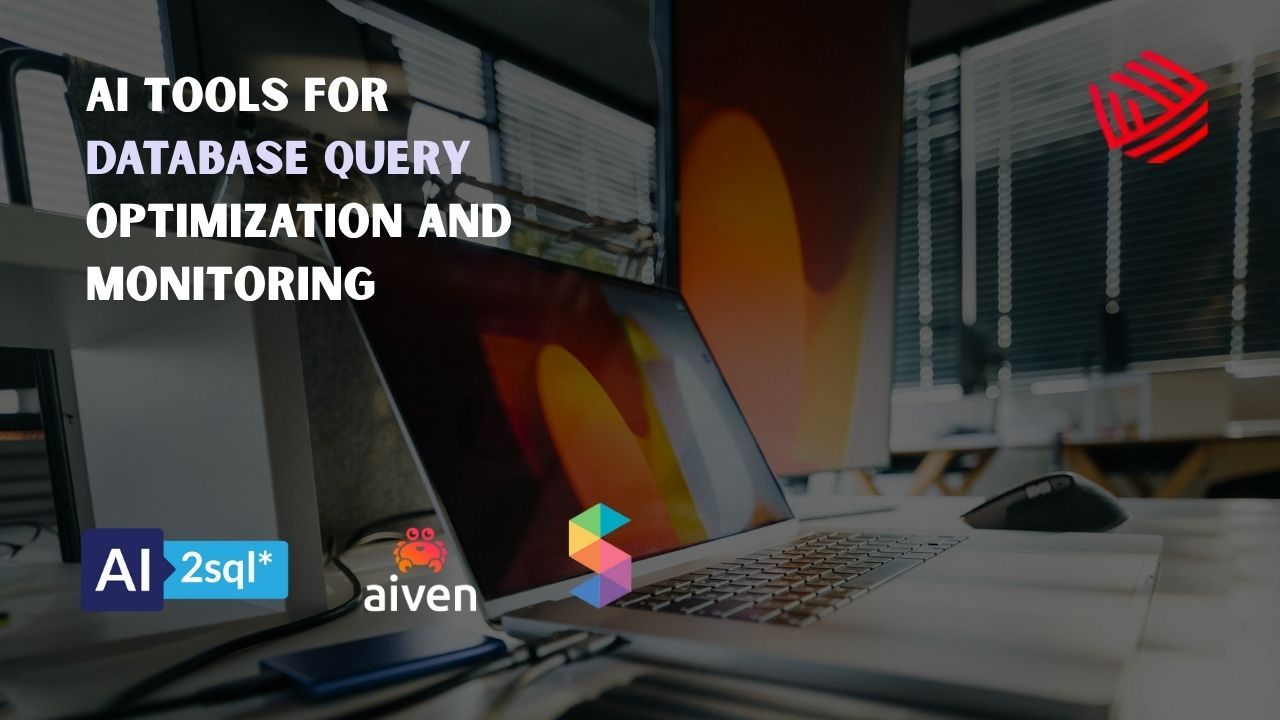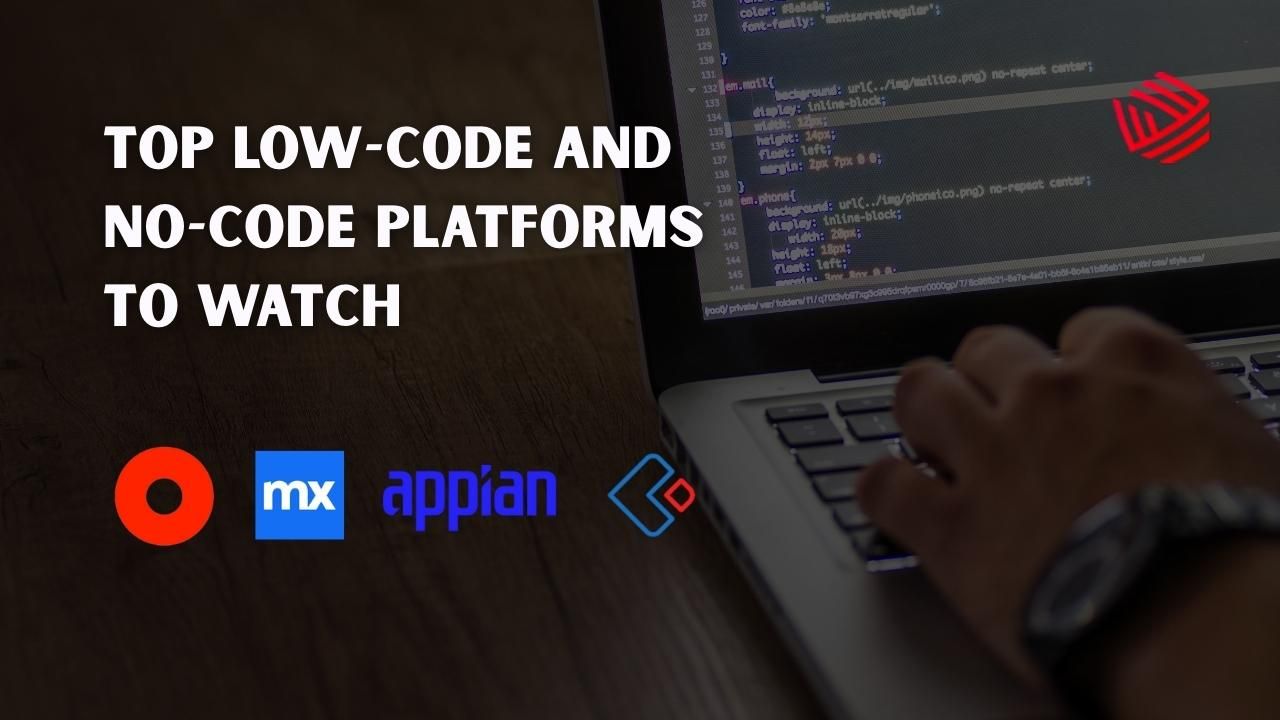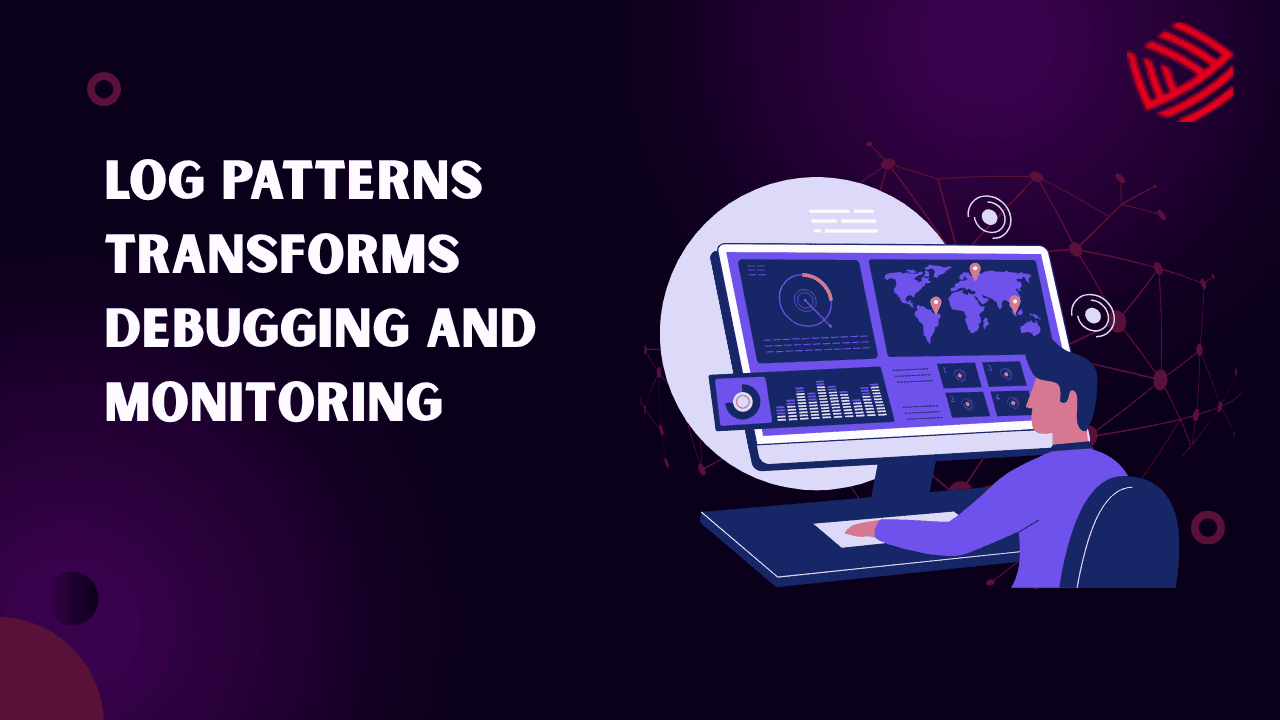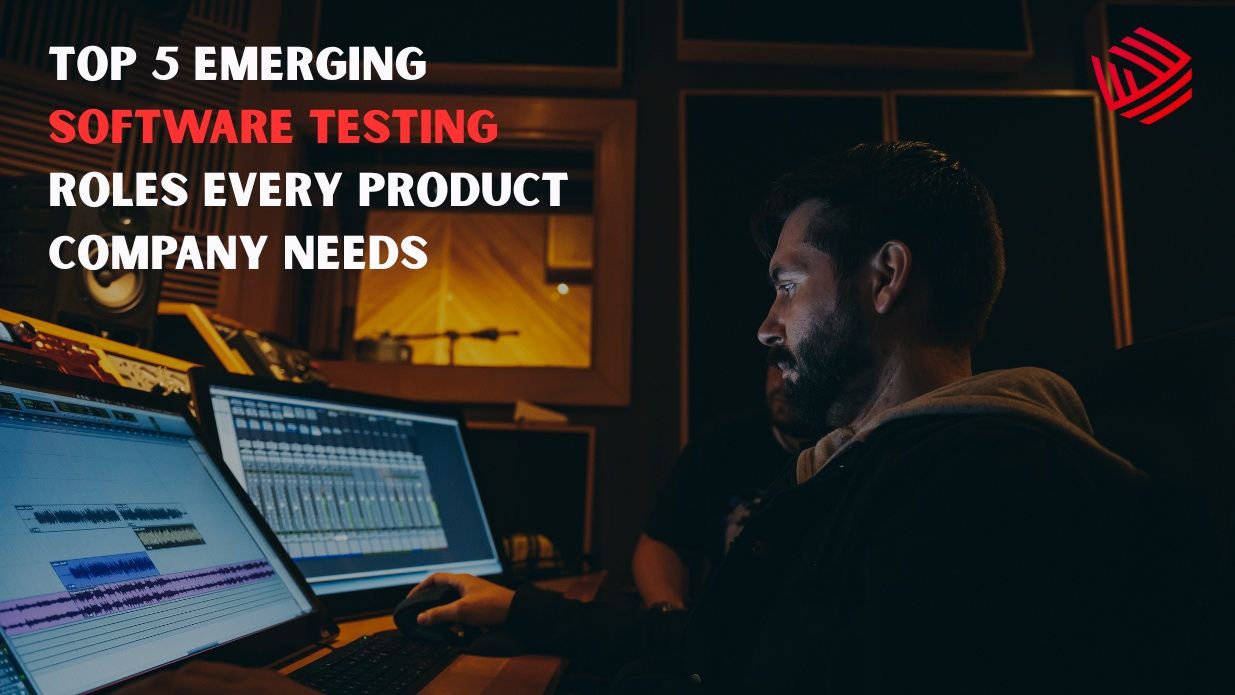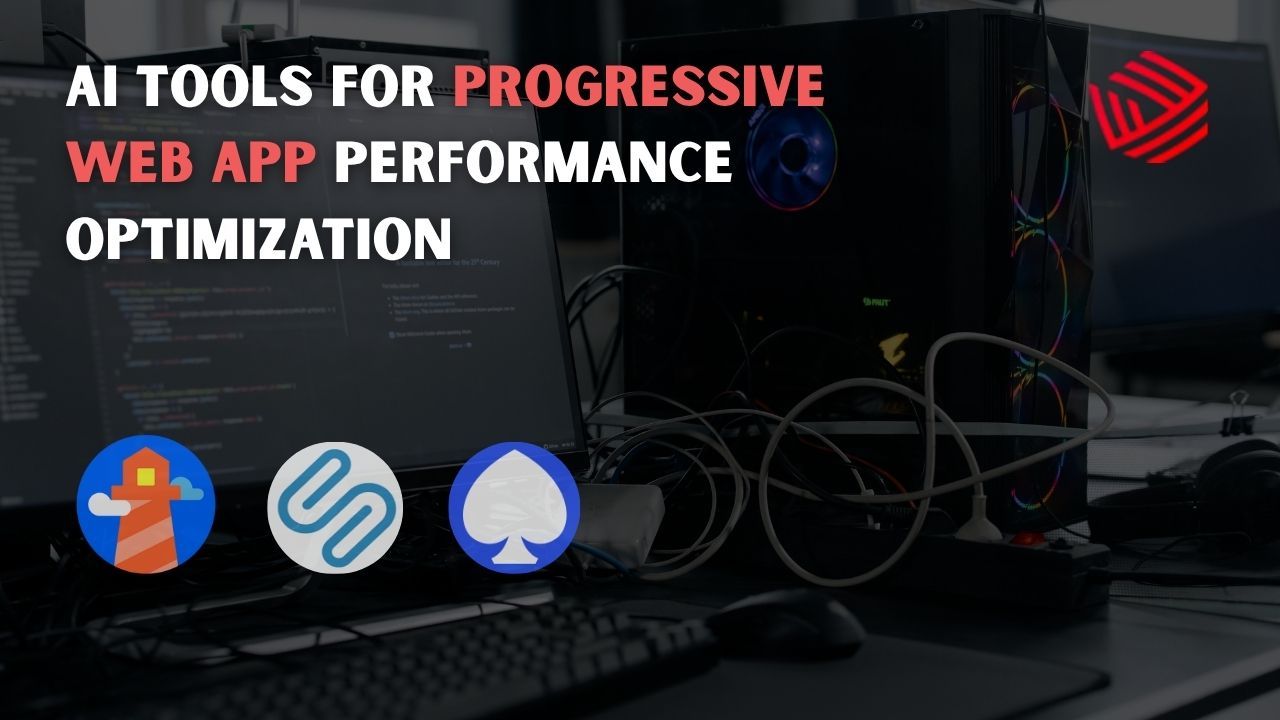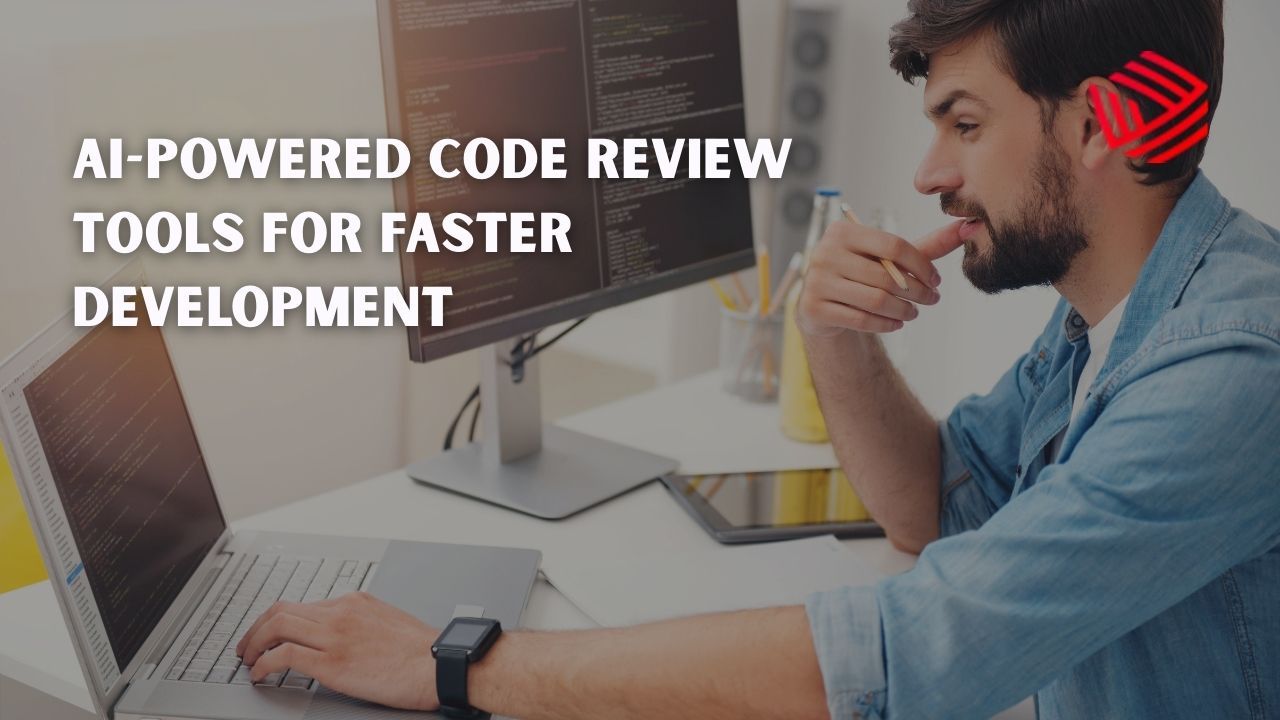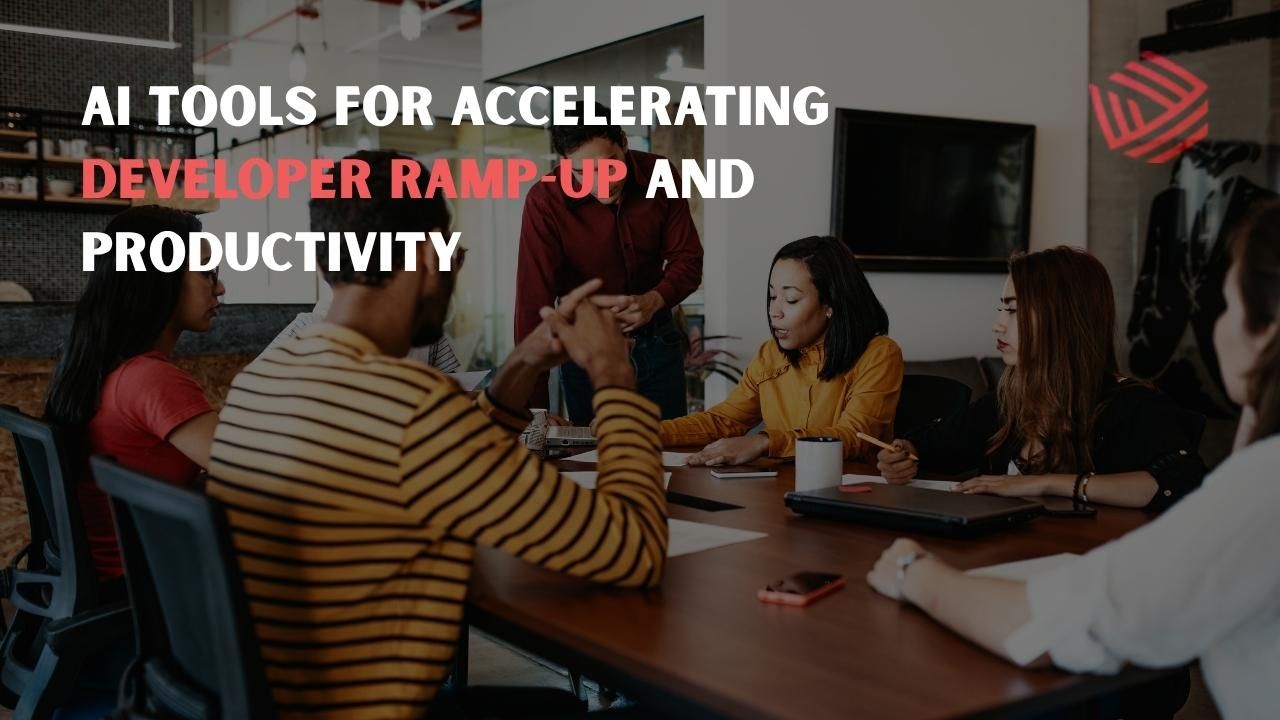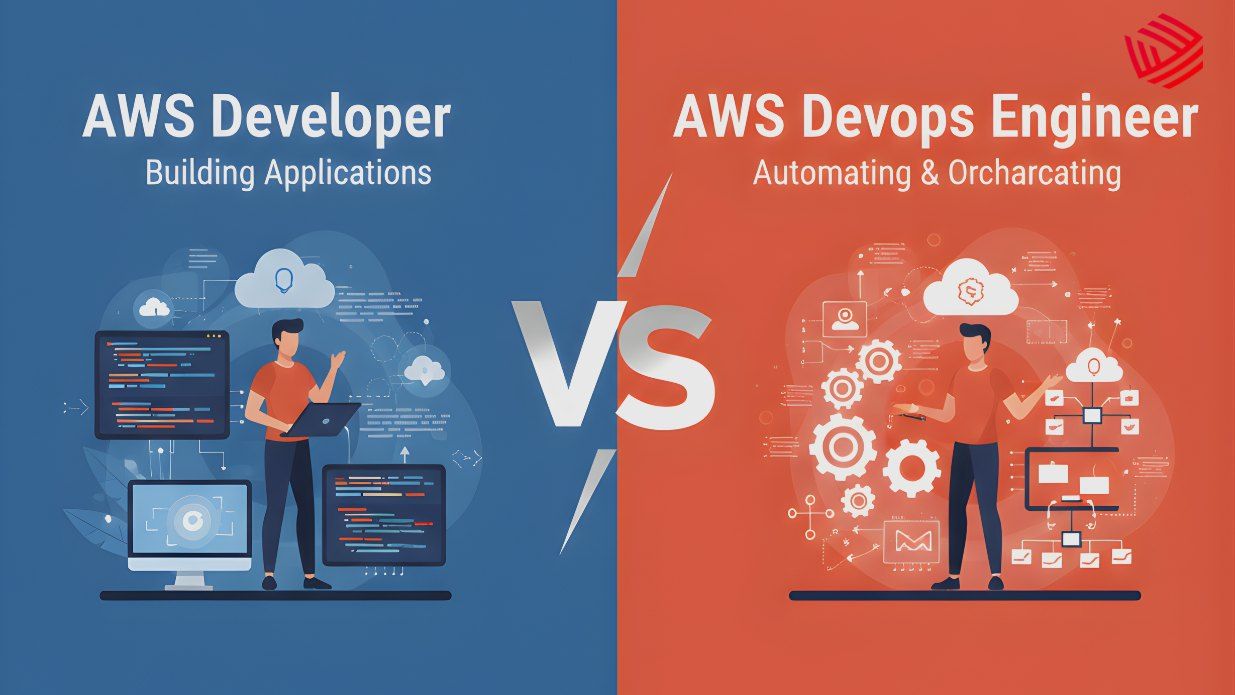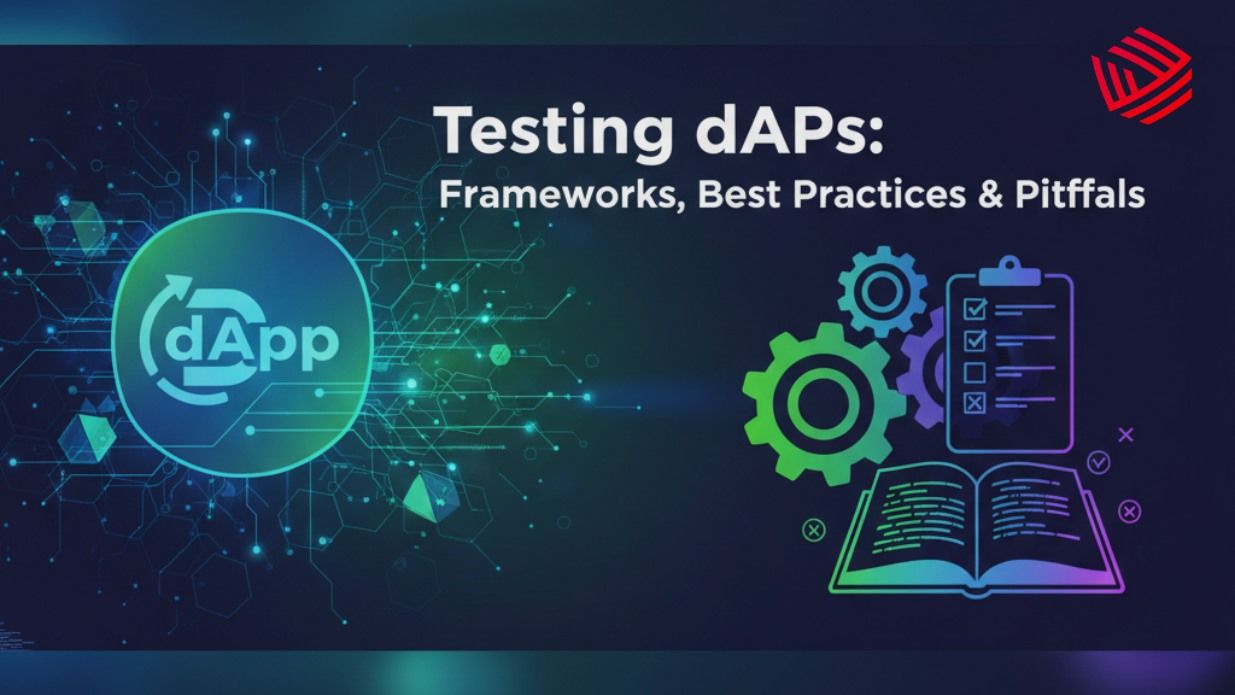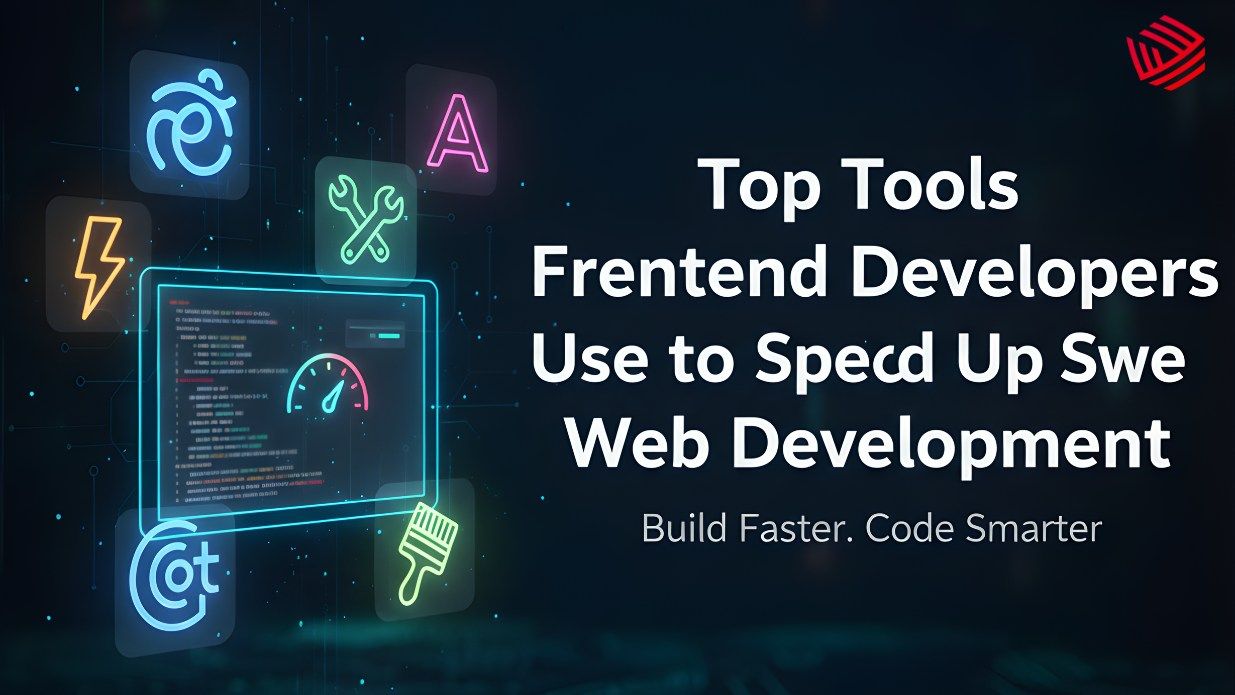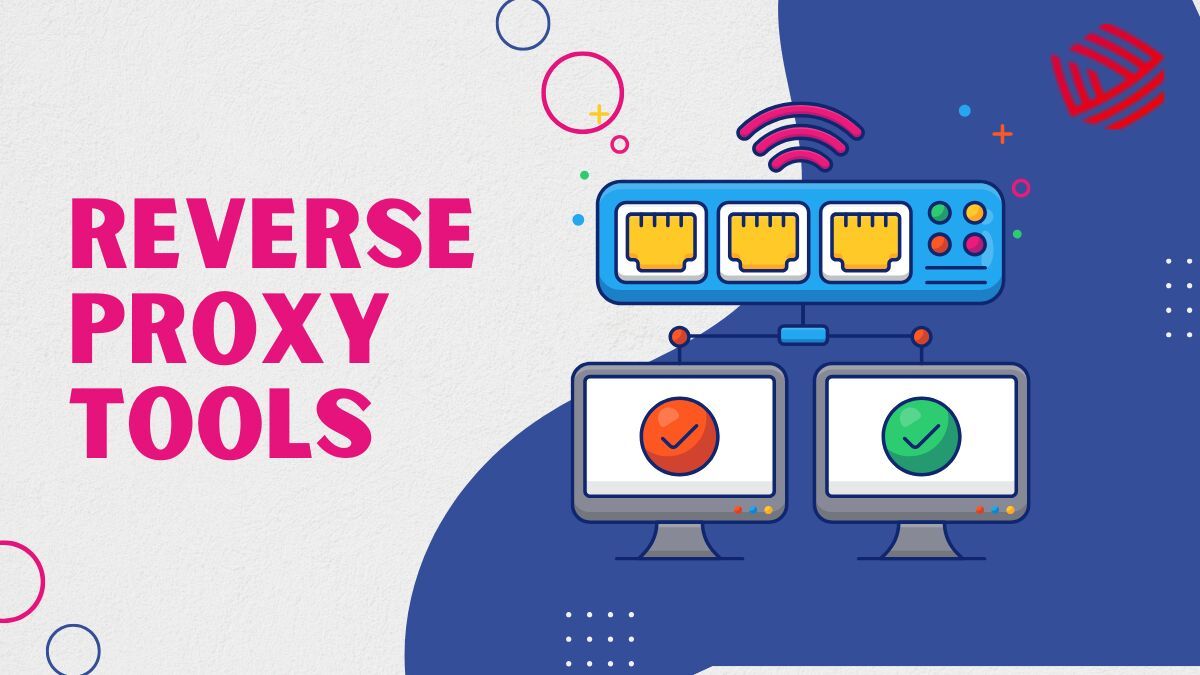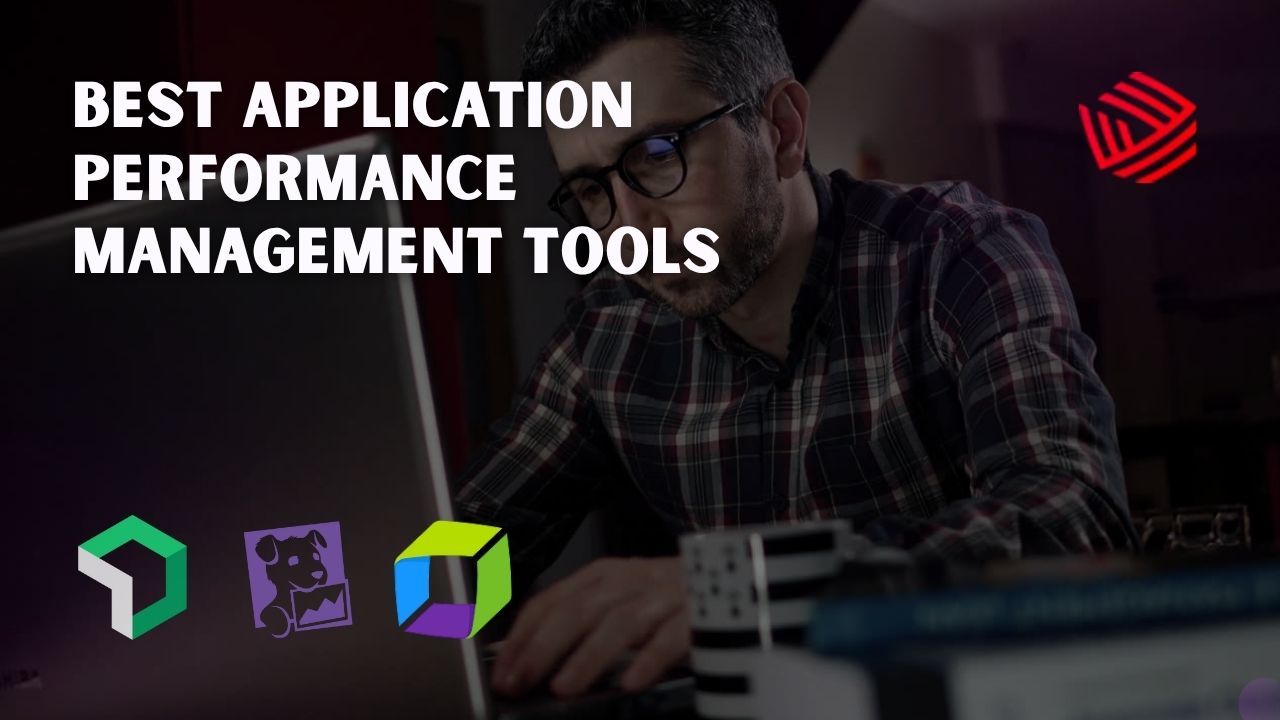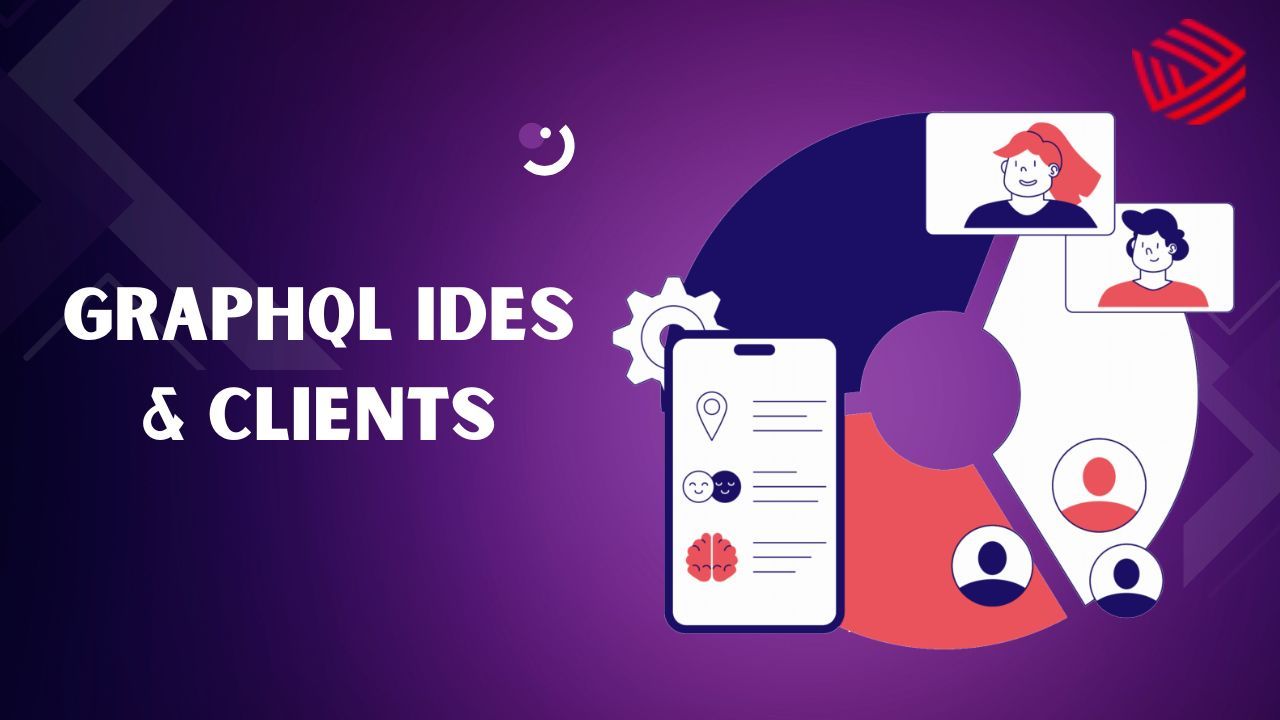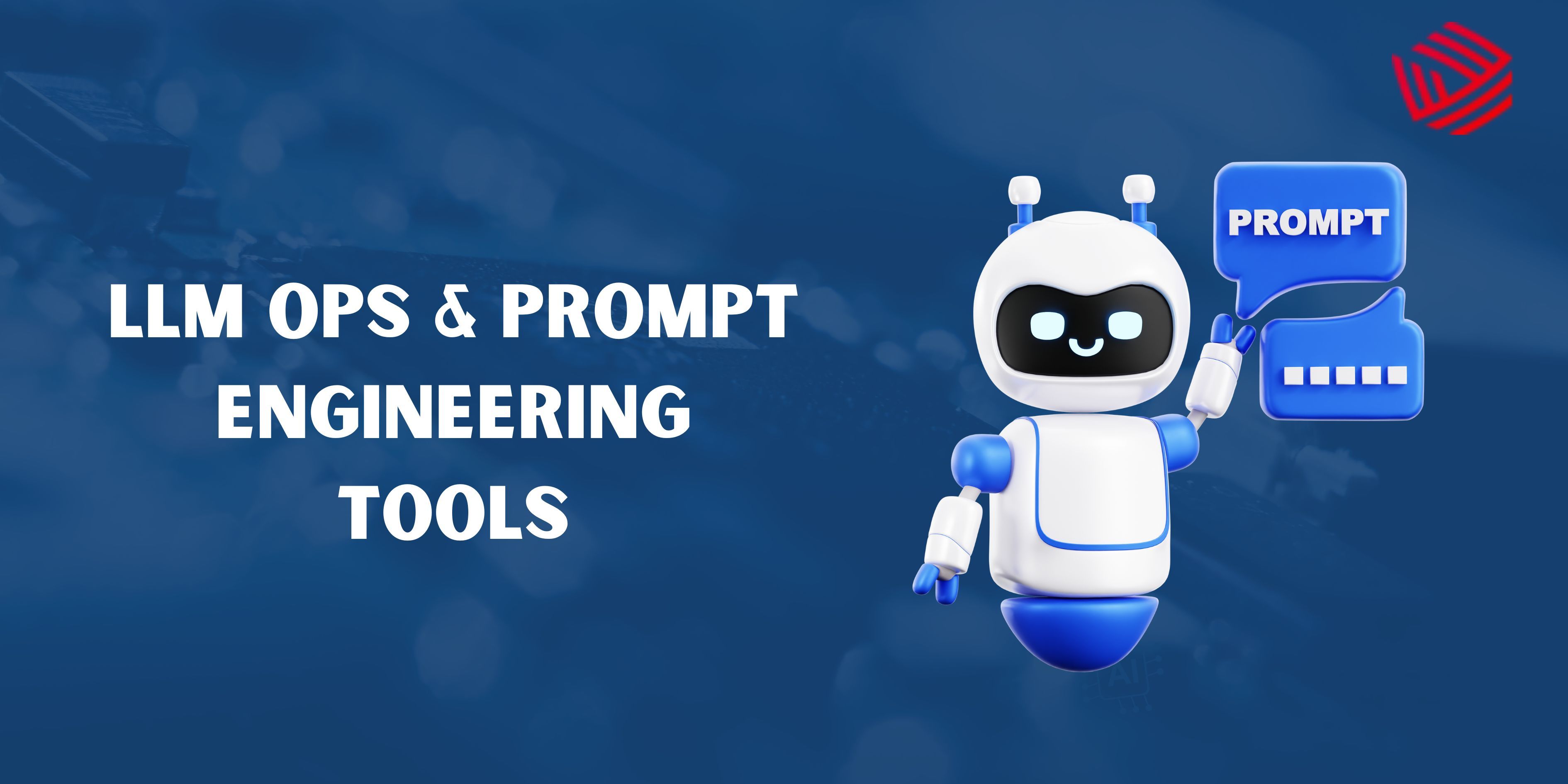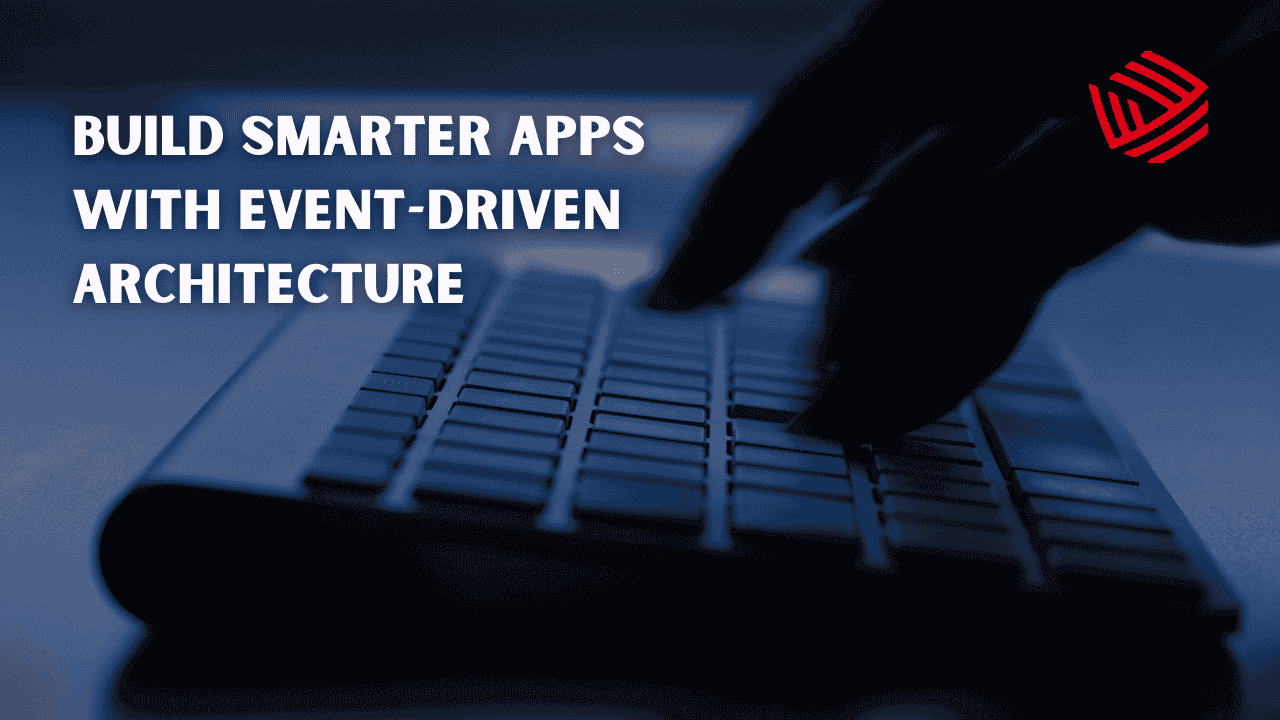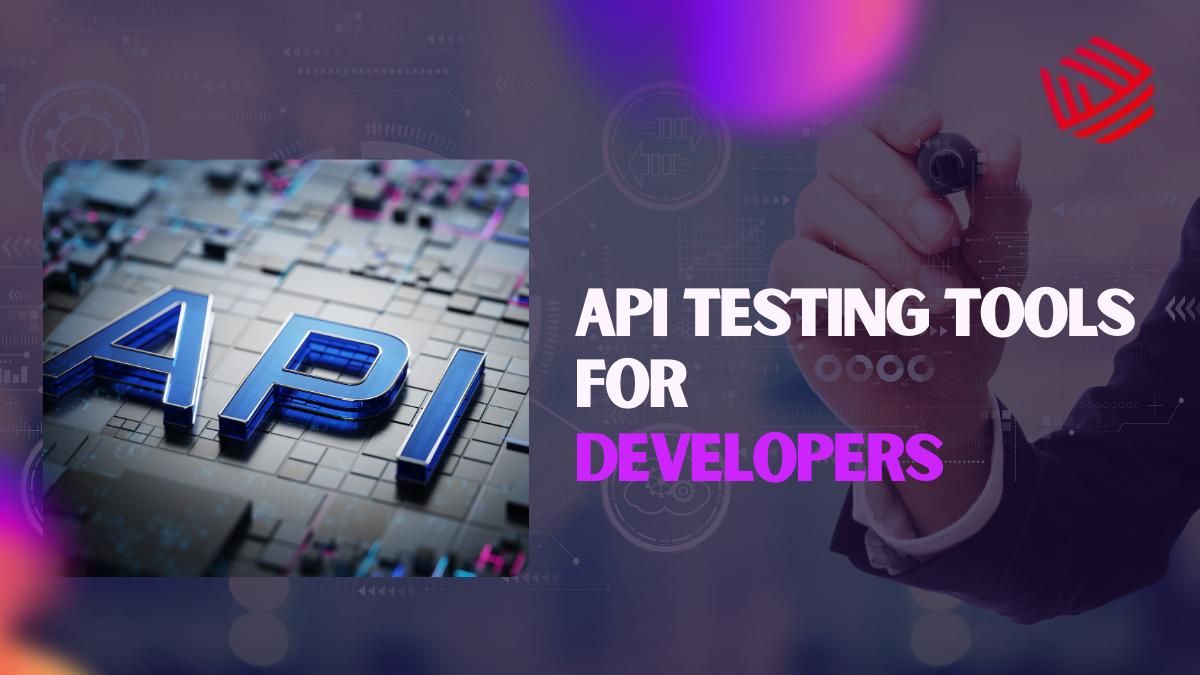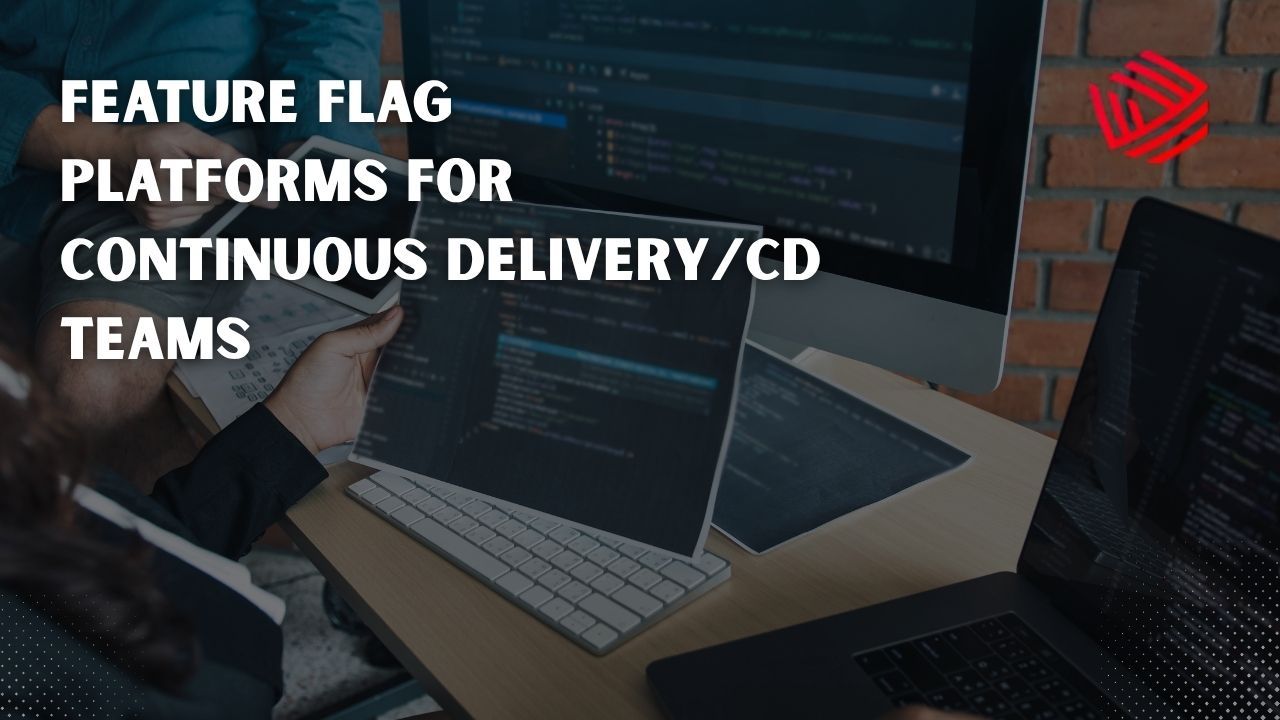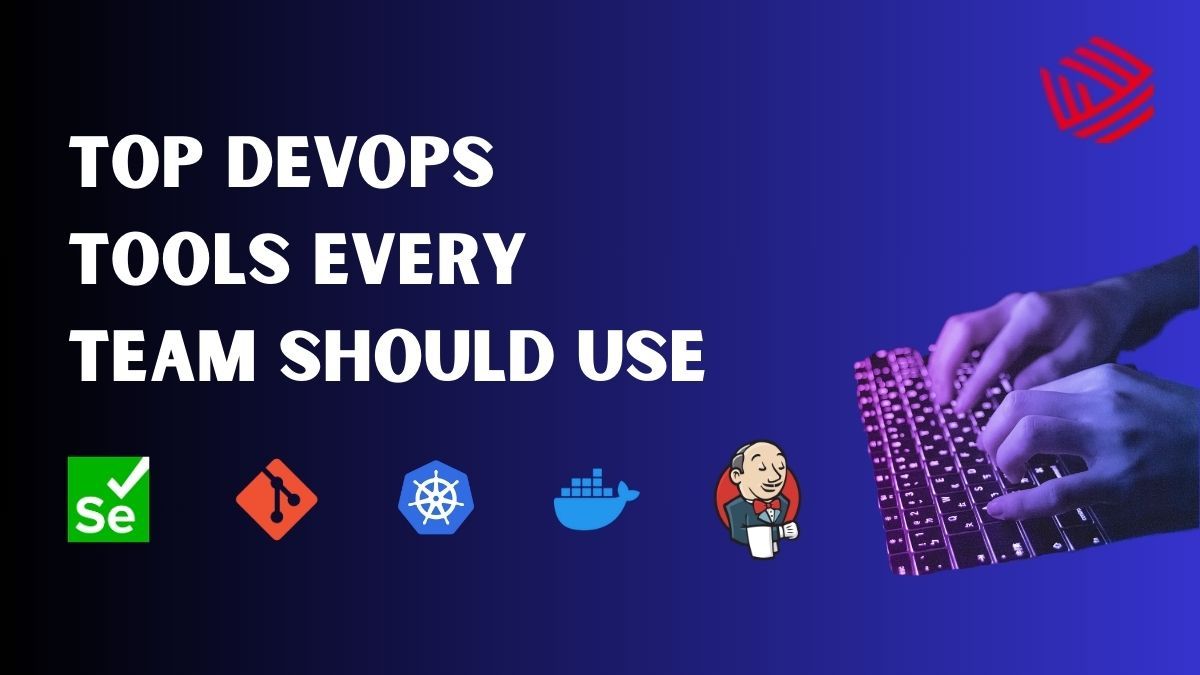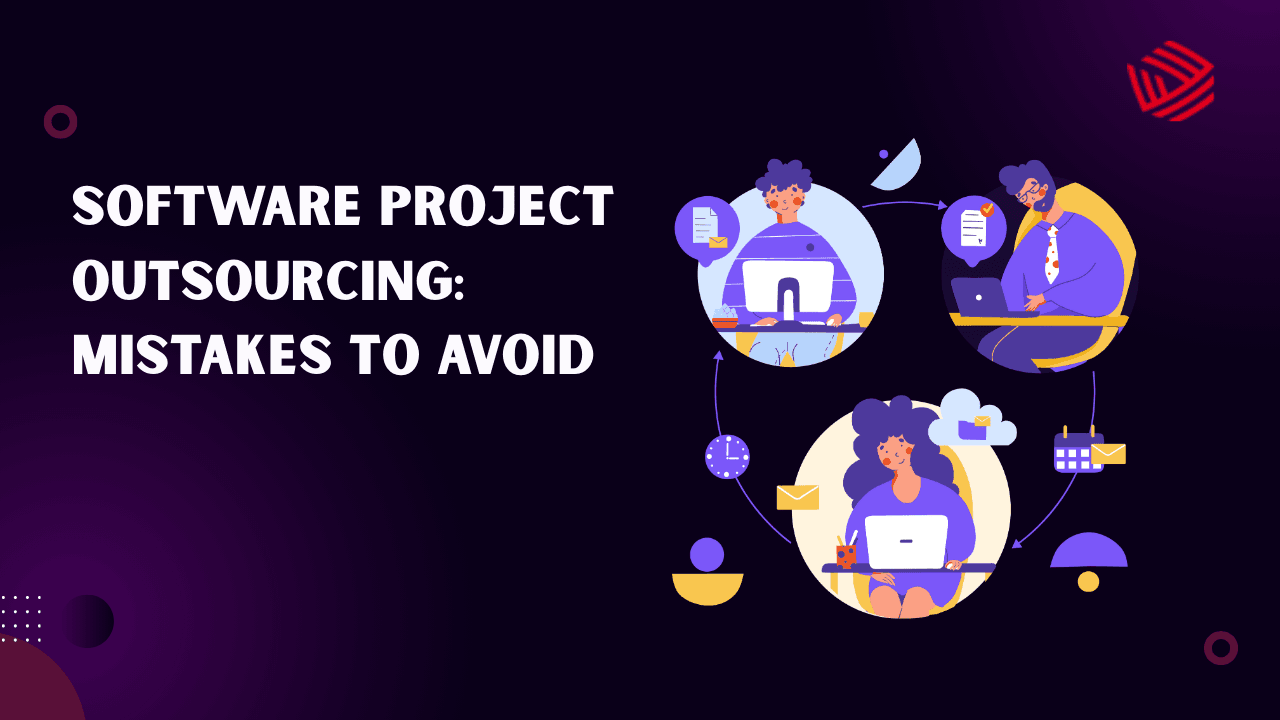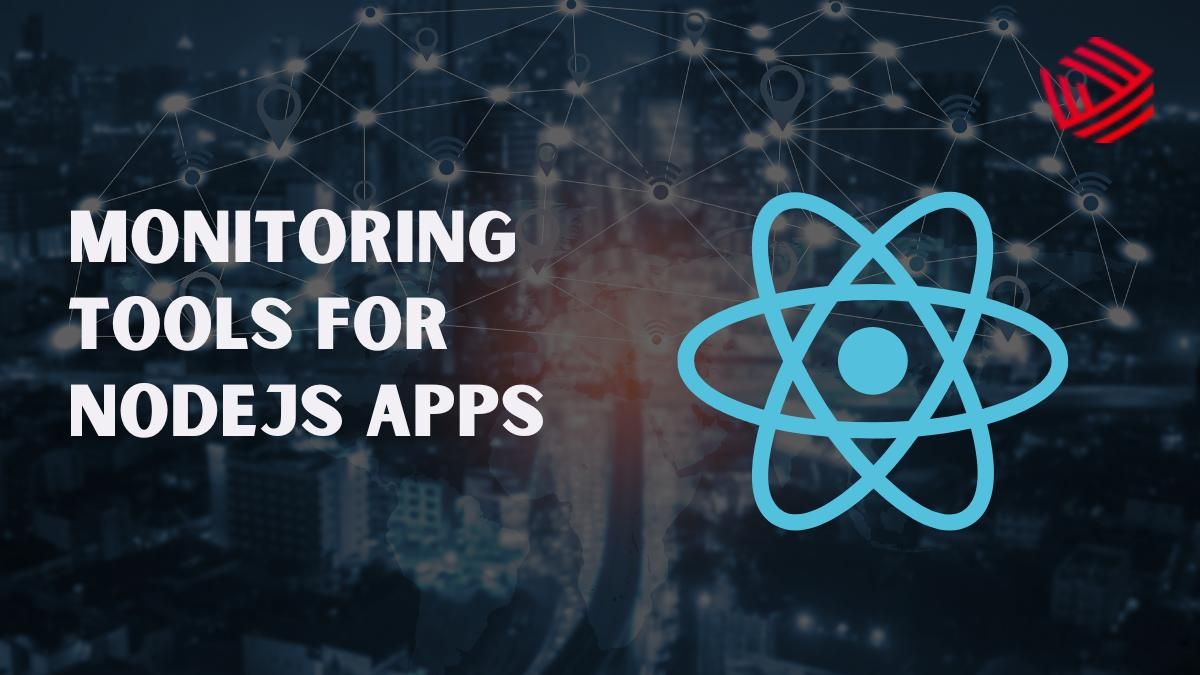The way businesses build and run software has changed drastically over the last decade. From startups to enterprises, modern teams are moving away from traditional monolithic architectures and embracing more scalable, flexible solutions. Two of the most prominent approaches are serverless applications and containerized applications. Both have transformed the way applications are deployed, scaled, and maintained. In this blog, we’ll explore the best serverless platforms and container orchestration tools available in 2025, and help you decide which approach is right for your business.
What Are Serverless Applications?
Serverless applications are those applications on server where developer only focuses on writing code and cloud providers eg. AWS lambda handle server management, scaling, and maintenance, allowing teams to focus purely on code and functionality. The term "serverless" is a misnomer. There are still physical servers running the code; developers just don't have to manage them. Serverless applications are typically composed of many very small, isolated, single-purpose functions. This is one of the core principles of serverless architecture, often referred to as Function-as-a-Service (FaaS).
- Key Benefits: Auto-scaling, pay-as-you-go pricing, reduced DevOps overhead.
- Use Cases: Event-driven apps, APIs, real-time notifications, automation workflows.
What Are Containerized Applications?
Containerized applications package code and dependencies into portable, isolated environments. Containers ensure consistency across development, testing, and production, making them highly reliable for complex, distributed systems. Unlike Virtual Machines (VMs) which require a full, separate operating system for each application, containers share the host's operating system kernel. This makes them extremely lightweight, with startup times often measured in milliseconds, and allows many more containers to run on a single machine compared to VMs.
- Key Benefits: Portability, environment consistency, microservices-ready.
- Use Cases: SaaS platforms, enterprise-grade apps, hybrid and multi-cloud deployments.
Top Platforms & Tools for Serverless Applications in 2025
AWS Lambda

AWS Lambda is the most widely adopted serverless platform, enabling developers to run code without provisioning or managing servers. It automatically scales applications in response to demand, whether it’s a few requests per day or thousands per second. By handling infrastructure in the background, Lambda lets teams focus purely on writing business logic.
Its strong integration with AWS services like S3, DynamoDB, and API Gateway makes it ideal for event-driven workloads. Developers can build flexible and highly responsive architectures while only paying for the exact execution time. This cost-efficient model has made Lambda a go-to choice for startups and enterprises alike.
Google Cloud Functions

Google Cloud Functions is a lightweight compute solution designed for event-driven serverless applications. It allows developers to execute code triggered by events from Cloud Storage, Pub/Sub, or external APIs. This makes it particularly powerful for real-time workflows and microservices-based architectures.
The platform is highly scalable and offers out-of-the-box integration with Google’s AI and machine learning tools. Businesses looking to combine serverless with advanced data processing or analytics often choose Google Cloud Functions for its seamless ecosystem.
Azure Functions

Azure Functions provides a robust framework for building serverless applications within the Microsoft Azure ecosystem. It supports multiple programming languages and can be triggered by a wide range of events, including HTTP requests, queue messages, and database updates. This flexibility makes it suitable for diverse enterprise workflows.
For businesses already invested in Microsoft tools, Azure Functions is a natural fit. It integrates smoothly with Azure DevOps, Cosmos DB, and Microsoft 365 services. With its consumption-based pricing and automatic scaling, organizations can optimize costs while maintaining performance.
Vercel

Vercel focuses on delivering a seamless development experience for frontend and full-stack teams. Known for its deep integration with Next.js, Vercel allows developers to deploy applications instantly and preview changes in real time. Its global edge network ensures applications load quickly, no matter where users are located.
By prioritizing developer workflows, Vercel reduces the friction of deployment and scaling. Teams building modern web apps appreciate its speed, automation, and optimization features. This makes it one of the most developer-friendly serverless platforms in 2025.
Netlify Functions

Netlify Functions make it easy to add dynamic features to JAMstack applications. Developers can write serverless functions directly alongside their frontend code, enabling use cases like authentication, form handling, and custom APIs without separate infrastructure.
Netlify’s Git-based deployment process ensures smooth workflows with automatic updates and rollbacks. For startups and small teams, Netlify Functions provide an affordable way to scale applications globally while maintaining speed and agility.
Cloudflare Workers

Cloudflare Workers bring serverless applications to the edge, running code directly in data centers worldwide. This reduces latency dramatically, delivering faster response times compared to traditional cloud-based solutions. Businesses serving global audiences benefit from this performance-first approach.
With built-in security, DDoS protection, and performance analytics, Cloudflare Workers provide more than just compute. They help developers build resilient, secure, and high-performing apps that run close to end-users, improving both reliability and user experience.
Top Platforms & Tools for Containerized Applications
Docker

Docker transformed modern software development by popularizing containerized applications. It enables developers to package code, dependencies, and system libraries into a portable unit that runs consistently across environments. This ensures smooth transitions from development to production.
Its extensive ecosystem, including Docker Hub for image sharing, makes it easy for teams to collaborate. By reducing environment-related issues, Docker speeds up delivery cycles and is foundational to most container-based workflows today.
Kubernetes

Kubernetes has become the industry standard for container orchestration tools. It automates deployment, scaling, and recovery of containerized workloads, making it essential for managing large, complex applications at scale. Its flexibility allows organizations to run workloads across cloud, on-premises, and hybrid environments.
As an open-source platform backed by a vast community, Kubernetes continues to evolve rapidly. Enterprises rely on it for its resilience, scalability, and ability to unify multi-cloud infrastructure under one orchestration system.
OpenShift

OpenShift, built on Kubernetes, extends its capabilities with enterprise-ready features. It offers built-in CI/CD pipelines, monitoring tools, and compliance frameworks, making it particularly appealing for regulated industries. With these enhancements, OpenShift simplifies container adoption for large organizations.
Backed by Red Hat, OpenShift ensures long-term support and stability. Enterprises use it to accelerate development cycles, reduce complexity, and manage containerized applications securely at scale.
HashiCorp Nomad

Nomad is a lightweight yet powerful orchestrator for containerized and non-containerized workloads. Unlike Kubernetes, it offers a simpler deployment model, which makes it attractive for smaller teams or organizations seeking less complexity. It balances simplicity with scalability, adapting to different workloads.
It integrates seamlessly with other HashiCorp tools like Consul for service discovery and Vault for secrets management. This makes Nomad a strong option for organizations already leveraging the HashiCorp ecosystem.
Rancher

Rancher simplifies Kubernetes management by providing a centralized interface for deploying and monitoring clusters. It helps DevOps teams reduce complexity when running Kubernetes in hybrid and multi-cloud environments. Its user-friendly dashboard enhances productivity and visibility across projects.
By supporting multiple Kubernetes distributions, Rancher ensures flexibility for organizations managing diverse infrastructures. Enterprises value Rancher for unifying cluster management under one intuitive platform.
Podman

Podman is a daemonless, open-source container engine that emphasizes security. Unlike Docker, it runs containers without requiring root privileges, which reduces potential vulnerabilities. Its Docker-compatible CLI also makes migration straightforward for developers.
Podman’s focus on compliance and safety makes it attractive for enterprises prioritizing security. As organizations look for alternatives to Docker, Podman’s design philosophy and ease of adoption continue to drive its popularity in 2025.
Serverless vs. Containerized Applications: Which Should You Choose?
When deciding between serverless and containerized applications, the choice often depends on project goals and scale. Serverless applications are cost-effective since you only pay for execution time, and they auto-scale seamlessly, making them ideal for smaller or mid-sized apps, APIs, automation, and event-driven workloads. On the other hand, containerized applications come with higher infrastructure costs and added complexity, but they excel at scalability through orchestration tools like Kubernetes.
This makes them better suited for enterprise-grade systems, SaaS platforms, and hybrid deployments. In fact, many businesses in 2025 are embracing a hybrid approach — leveraging serverless for lightweight microservices while relying on containers for large-scale, complex applications.
Conclusion
The future of application deployment in 2025 is shaped by flexibility, scalability, and cost optimization. Serverless applications simplify development by removing infrastructure management, while containerized applications deliver consistency and control for complex workloads. The choice depends on your project needs — or better yet, a blend of both. If you’re looking to build future-ready solutions, now is the time to explore these serverless platforms and container orchestration tools to stay ahead of the curve.

